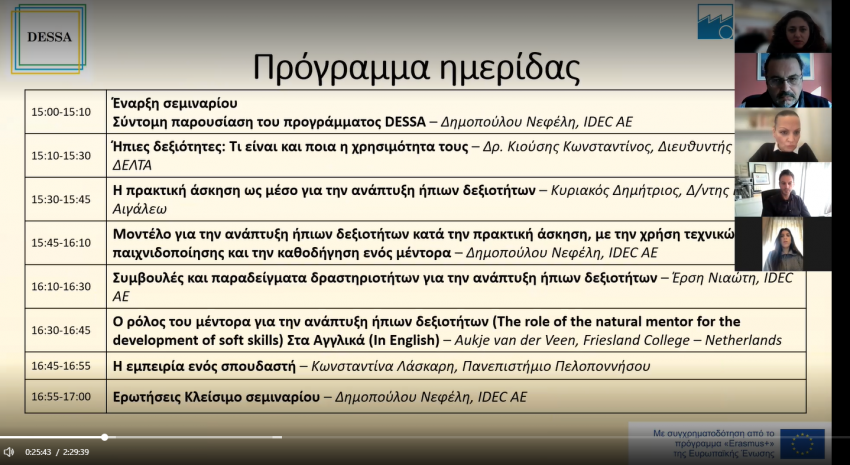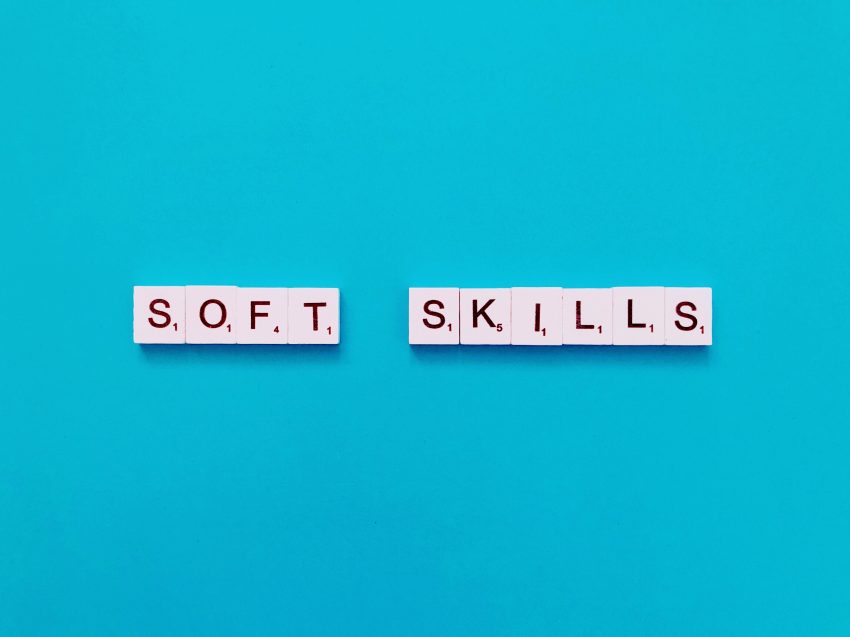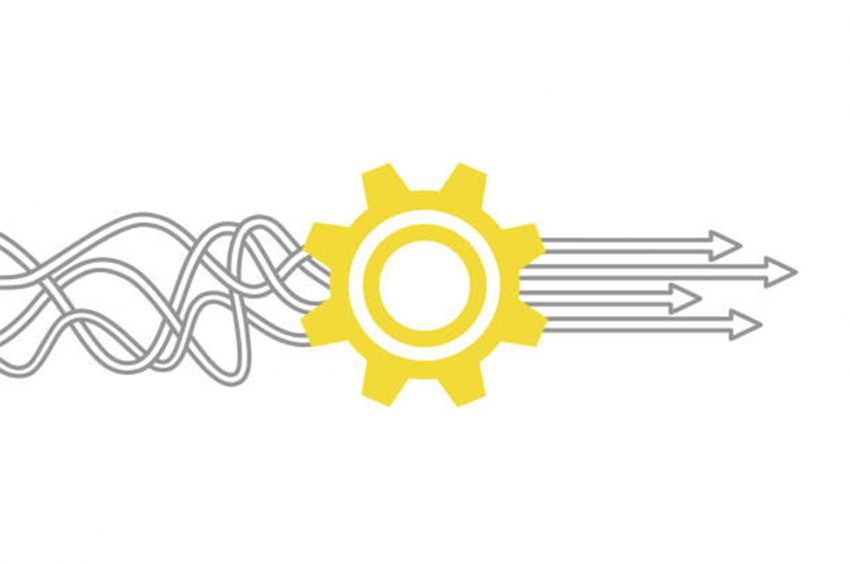After two and a half years, the DESSA project has come to an end. In the attached document you can read about the impact that the DESSA project had on participating individuals and organisations, as well as the impact at local, national and European level. You can also check below the testimonials of the apprentices…
Blog
DESSA Conference in Greece
The DESSA conference event in Greece was held online on the 9th of February 2022 and it was a great success. More than 300 people joined us to hear about soft skills, their importance and how they can be developed during apprenticeships. The conference was held in Zoom webinar and was hosted by IDEC…
SOFT SKILLS
In recent years there has been a notable shift in the skills required by employees. Soft skills are privileged over hard skills.
Piloting of the DESSA project
The objective of the pilot experimentation phase, was to test and validate the apprenticeship scheme, developed in the framework of the DESSA project.
Mentoring
Mentoring tends to focus on the future. It is intended for personal and/or career development. Mentoring relationships is a relationship that tend to be voluntary on both sides.
Apprenticeship model
Our apprenticeship scheme is built on the idea that the most effective ways of learning are through fun and role models. This is why our approach is based on these two elements: a gamification component with game-based tools that enhance the assimilation of new information and processes as well as a mentoring component for students…
Training guide
The Training Guide contains the most important part of your apprenticeship. This guide is set to give you an overview of the skills that you need to have and improve but also a more detailed view of what assignments will help you in the process. Of course, in order to have the most efficient process,…
Trainer’s guide
As a VET teacher, knowing how to help your students achieve the best level in a given skill can be a daunting task. For this reason, we have decided to supply you with inspiration, in the form of the Trainer’s Guide: a guide on your role as a mentor and how to best fulfill it….
Orientation guide
When improving your skills, it is often hard to know what to do or what activities to engage in. This is why we have developed the Orientation Guide. The Orientation Guide contains tips and tricks on how to best improve your soft skills. In it you can find information on what skillsets you should have,…
Self-assessment tool
Every successful project starts and ends with assessments: one before initiating the project in order to assess what needs the project aims to fulfill and one after the project is completed in order to know how the initial goals were fulfilled. It goes the same for you, trainee, in your journey to improve your soft…









